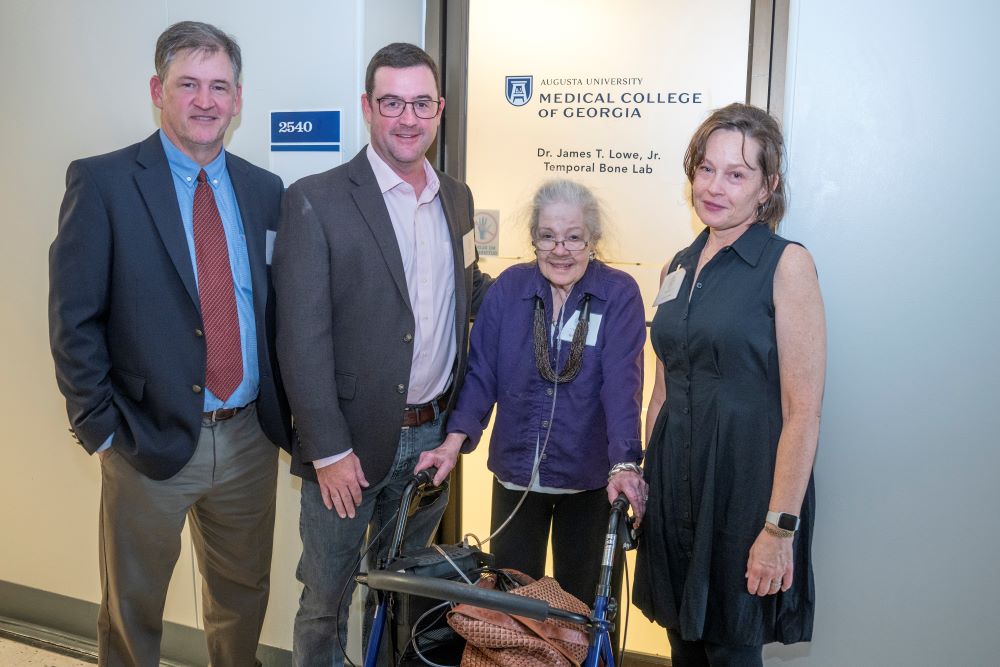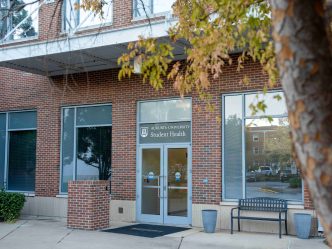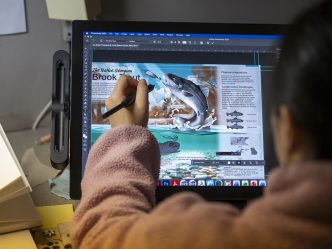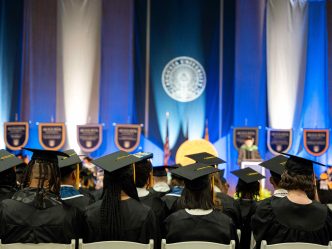You may not have heard of it, but the temporal bone plays a vital role in your body and everyday life. Every time you smile, bite or hear a sound, you’re using it.
This small, intricate bone in the skull houses and protects the middle ear and ear canal, transmitting sound waves to the inner ear while anchoring the muscles that make chewing and facial expressions possible.
For otolaryngologists — specialists who diagnose and treat conditions of the ear, nose and throat, the temporal bone represents one of the most sophisticated and technically demanding areas of surgery. Mastering its anatomy requires years of study, patience and precision.
At the Medical College of Georgia at Augusta University, the Department of Otolaryngology – Head and Neck Surgery training takes place inside the newly designated Dr. James T. Lowe, Jr. Temporal Bone Lab. Named for a 1969 MCG graduate and Macon otolaryngologist who died in a 1983 plane crash, the lab exists thanks to a generous gift from Lowe’s childhood friend and MCG classmate, James E. Bush, MD (’69).
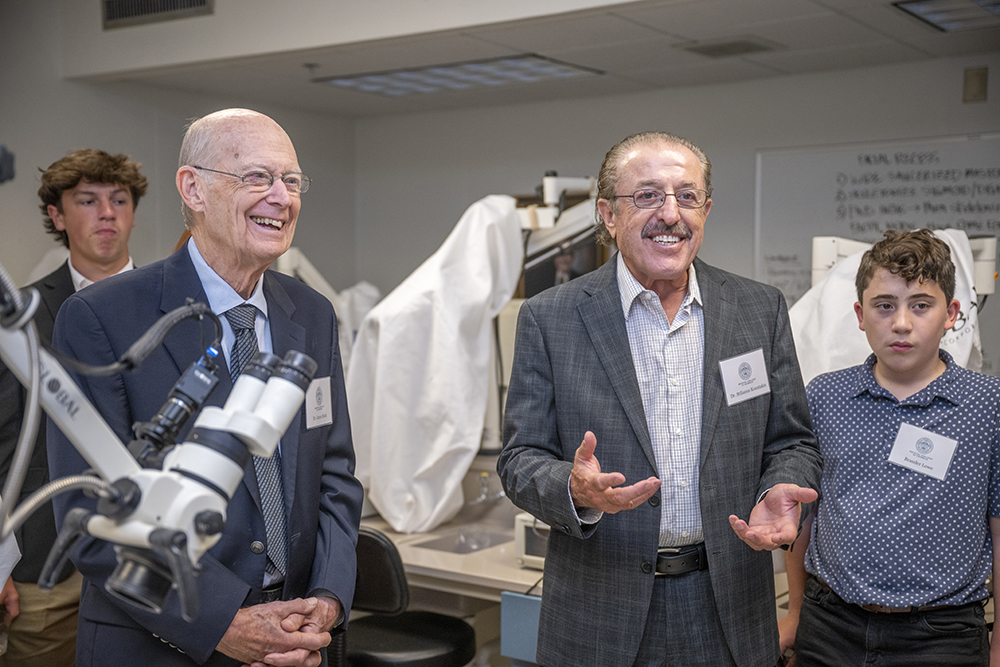
“Jim worked hard in medical school, and it was so tragic that he perished shortly after starting his own practice,” said Bush, a longtime otolaryngologist with Sharp Healthcare in San Diego. “I wanted to thank MCG for giving me an opportunity to have a good profession and a good life, and that’s the reason I dedicated the lab to Jim,” Bush told a group of MCG faculty, staff, residents and guests at an October naming celebration.
“Ear surgery is so intricate. You can’t really learn it by watching or by assisting in an actual surgery,” said Christopher Johnson, MD, associate professor and residency program director for the MCG Department of Otolaryngology – Head and Neck Surgery. “The level of difficulty is high, and you really have to practice in the simulation lab before you do that kind of surgery on a patient.”
The Dr. James T. Lowe, Jr. Temporal Bone Lab provides that vital practice space, where residents develop dexterity and familiarity with complex procedures like middle ear surgery and cochlear implantation.
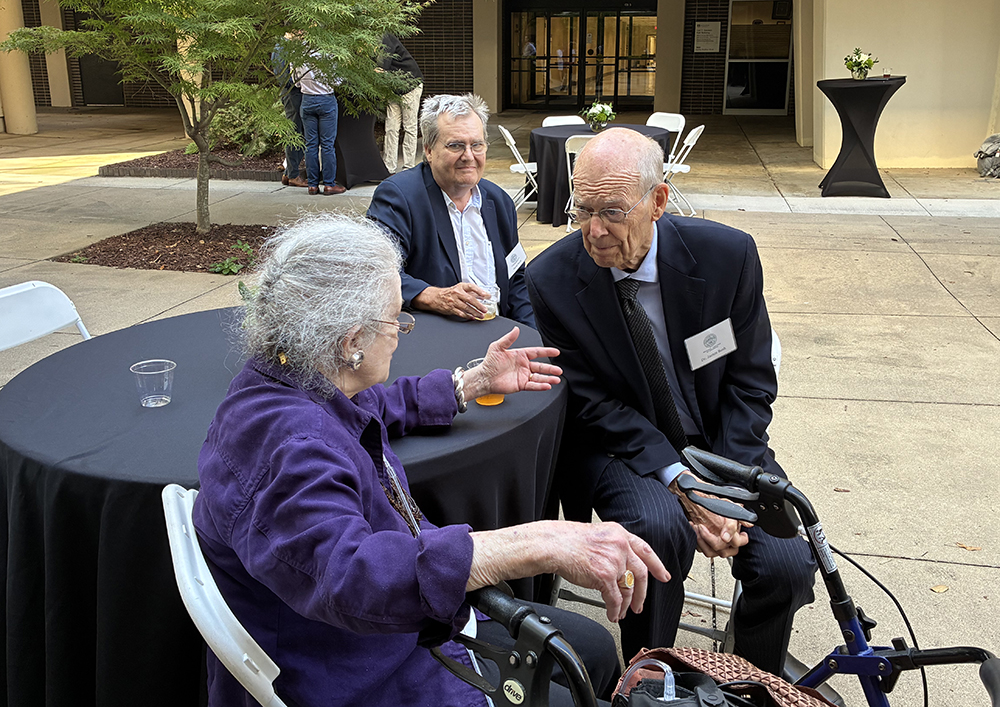
“This lab is where the next generation of otolaryngologists will learn the anatomy that defines our specialty,” said Stil E. Kountakis, MD, PhD, professor and chair of the department and the Edward S. Porubsky, MD, Distinguished Chair in Otolaryngology. “The anatomy of the temporal bone is where precision begins. And now it carries the name of someone who practiced our craft with skill and heart. We are here to recognize Dr. Lowe, and we are grateful to Dr. James Bush for making it happen.”
Among those in attendance at the October naming celebration were members of Lowe’s family, including his daughter, Sarah Lowe, the oldest of his four children.
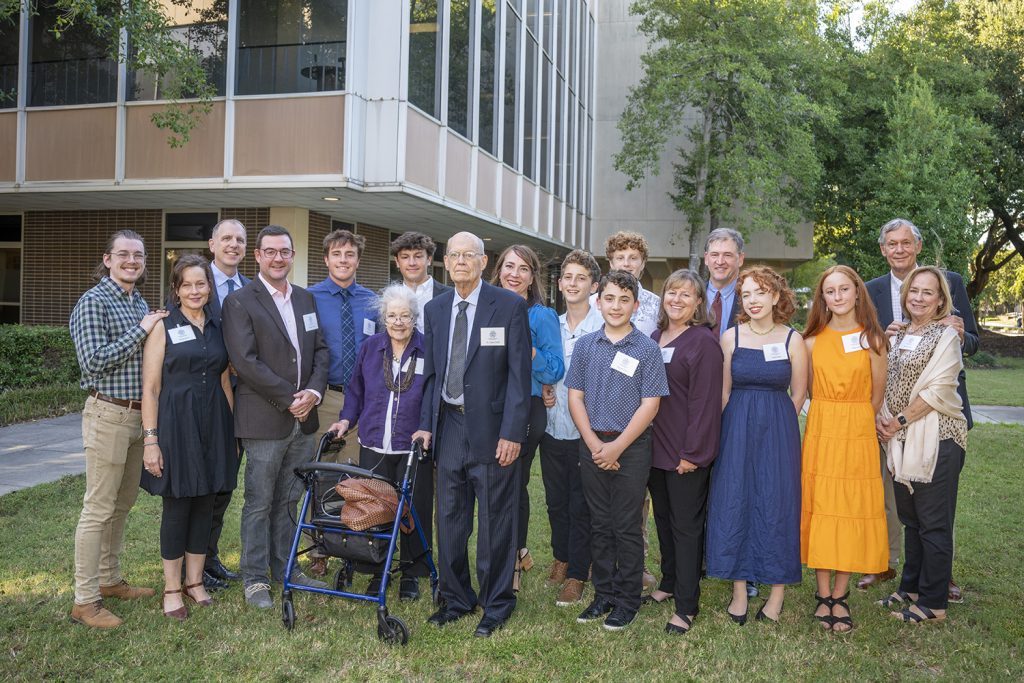
“As a daughter and a sibling, I want to extend my utmost appreciation to Dr. Bush for catalyzing the reason we are all gathered here,” Sarah Lowe shared. “When I first told my mom about this lab, her response was that she wished it had been here when they lived here so she wouldn’t have had to dust so many bone fragments off their dining room table.
“To be gathered here today, knowing his hard work, his passion for his job and his dedication to his patients is being honored through a lab that aims to teach others, is a gift of a magnitude that I can’t even begin to describe,” she continued. “Our family will always know that this lab is here, and we will always be grateful for the dedication of the team here who put it together and to Dr. Bush for your incredible generosity.”
 Augusta University
Augusta University
